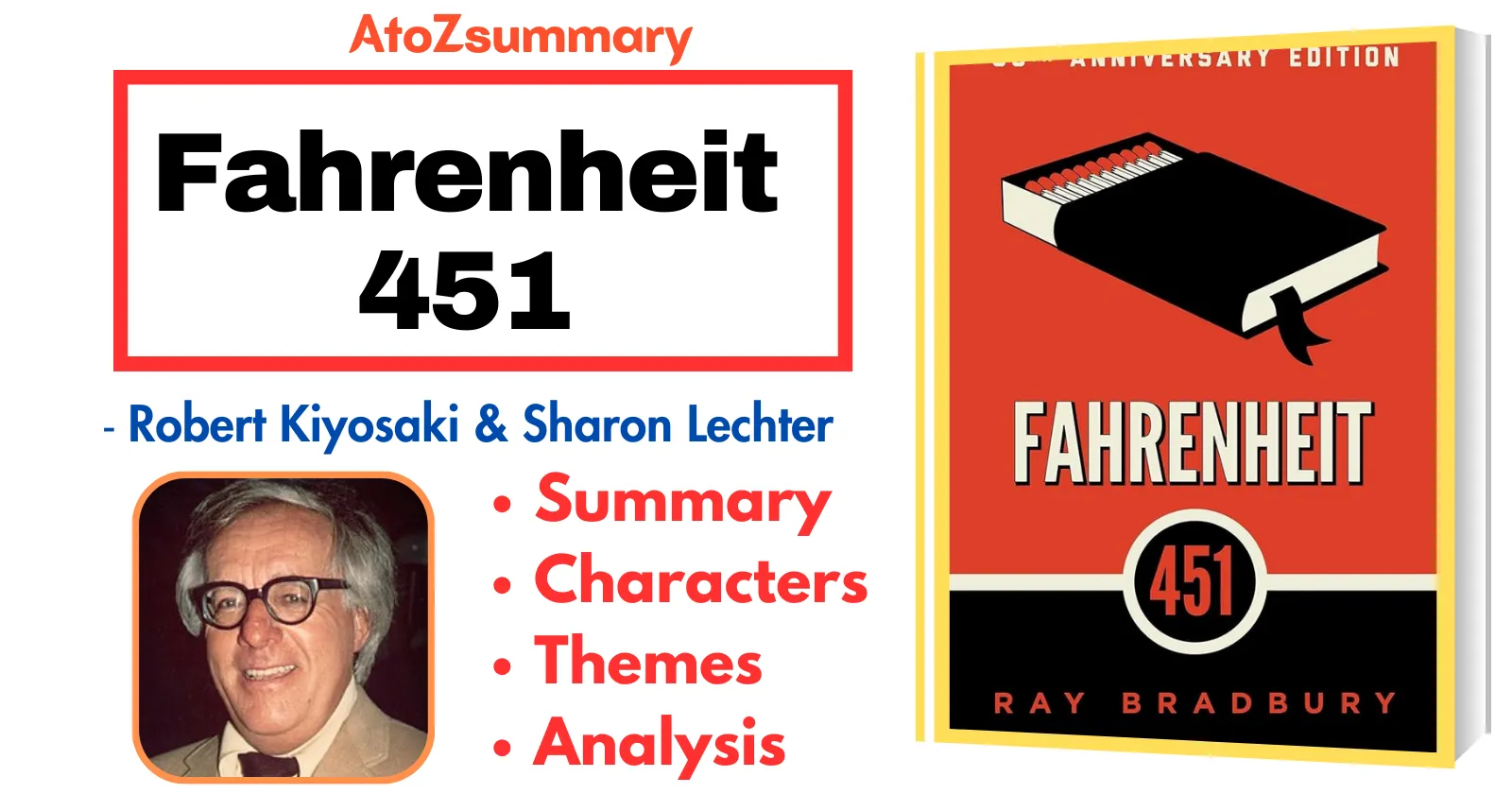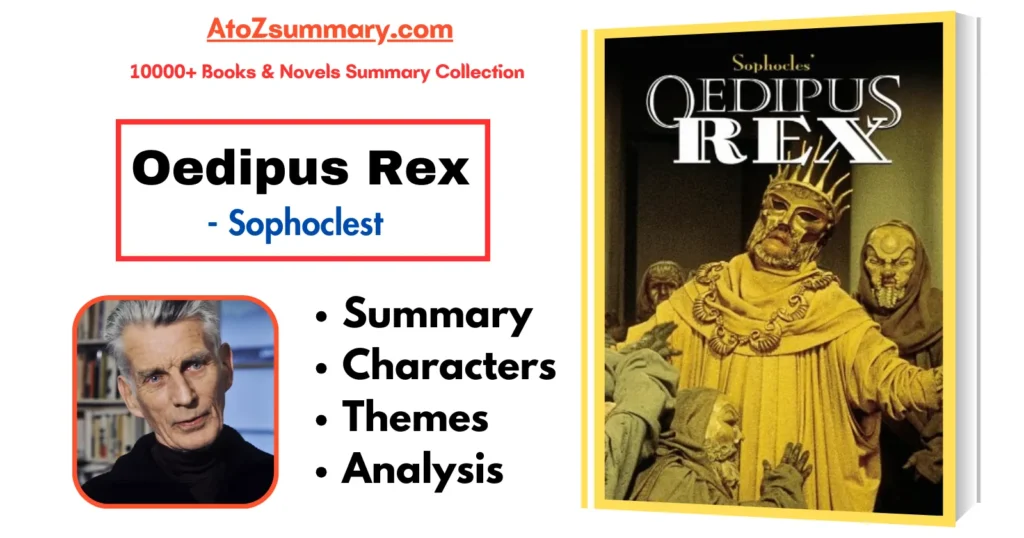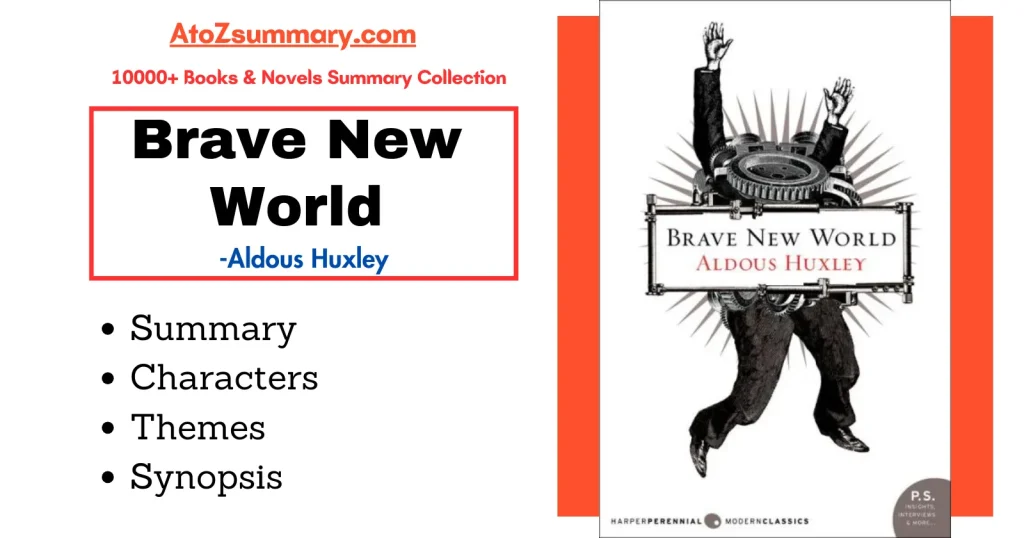About the Novel: Fahrenheit 451
| Title | Fahrenheit 451 |
|---|---|
| Author | Ray Bradbury |
| Genre | Dystopian fiction, Science fiction |
| Publication Year | 1953 |
| Setting | A futuristic American society where books are outlawed and burned by firemen |
| Protagonist | Guy Montag, a fireman who begins to question the government’s censorship of books and the society’s reliance on technology |
| Themes | Censorship, the power of knowledge, the dangers of conformity, the importance of critical thinking |
| Key Events | Montag’s encounter with Clarisse McClellan, a young woman who challenges his worldview; Montag’s theft of a book; Montag’s meeting with Faber, a former English professor; Montag’s decision to burn down his own house |
| Symbolism | The fire hose represents the destructive power of censorship; the books represent the preservation of knowledge and history; the Mechanical Hound represents the surveillance state |
| Style | Vivid imagery, poetic language, use of symbolism |
| Legacy | Considered a classic in dystopian literature, studied in schools for its social commentary |
Analysis: Fahrenheit 451
“Fahrenheit 451” is a dystopian novel by Ray Bradbury. The story is set in a future society where books are banned, and “firemen” burn any that are found. The title refers to the temperature at which book paper supposedly catches fire and burns.
The protagonist, Guy Montag, is a fireman who begins to question this oppressive society. As he grapples with his own awakening, he encounters rebels who memorize books to preserve knowledge. The novel explores themes of censorship, conformity, and the power of literature.
Bradbury warns against a world where intellectual freedom is suppressed and critical thinking is discouraged. “Fahrenheit 451” serves as a powerful reminder of the importance of free thought, independent ideas, and the dangers of a society that restricts access to knowledge.
Characters: Fahrenheit 451
The characters of “Fahrenheit 451” by are:
- Guy Montag: The protagonist, a fireman who initially follows society’s rules but later questions them.
- Mildred Montag: Guy’s wife, absorbed in a shallow, technology-driven life.
- Captain Beatty: The head of the fire station, who understands the dangers of books but also harbors conflicting thoughts.
- Clarisse McClellan: A young woman who introduces Guy to the world of books and critical thinking.
- Professor Faber: A retired English professor who helps and guides Guy in his journey to understand the importance of literature.
- The Mechanical Hound: A robotic creature used by the firemen to track and capture those who defy the book-banning laws.
Themes: Fahrenheit 451
The themes of “Fahrenheit 451” by are:
- Censorship and Suppression of Ideas: The book depicts a society where books are banned and “firemen” burn any that are found.
- Conformity vs. Individuality: It examines the dangers of a society where individuality is suppressed in favor of conformity.
- The Power of Knowledge: The narrative highlights the transformative and subversive power of books and knowledge.
- Loss of Critical Thinking: The story warns about a society where critical thinking and intellectual pursuits are discouraged.
- Escaping Reality through Technology: The book comments on the role of technology in providing an escape from the harsh realities of life, leading to a passive and controlled population.
- The Fragility of Freedom: It explores how easily a society can surrender its freedom in exchange for perceived security and comfort.
Watch Full Video Summary of “Fahrenheit 451”
Fahrenheit 451 Summary
The novel begins with Montag doing his job with enthusiasm, burning books and believing in the righteousness of his actions. The government controls society by suppressing knowledge and promoting a culture of instant gratification through mindless entertainment. People are kept in a state of constant distraction, glued to their interactive television walls known as “parlor walls,” where they can participate in mindless programs and avoid any deep thinking.
Montag’s journey begins when he meets Clarisse McClellan, a young woman who opens his eyes to the possibility of a different way of life. Clarisse is a free-spirited individual who enjoys nature, asks thought-provoking questions, and is considered an outcast in the conformist society. Through their interactions, Montag starts to question the purpose of his existence and the society he lives in.
Montag’s transformation intensifies when he responds to a call at a woman’s house. Instead of surrendering her books, the woman chooses to burn herself alive along with her beloved library. This shocking event deeply affects Montag, prompting him to reevaluate his beliefs and the oppressive nature of the government. He becomes increasingly disillusioned with the society that sacrifices intellectual freedom for the sake of conformity.
As Montag continues to grapple with his inner turmoil, he becomes determined to understand the value of books and the knowledge they contain. He begins to secretly collect and read books, despite the severe consequences if he’s caught. He meets a group of intellectuals and outcasts who have also chosen to defy the government’s restrictions on literature. This group, led by a former English professor named Faber, becomes a source of guidance for Montag as he seeks to understand the importance of literature and critical thinking.
The conflict between Montag and the government escalates as he becomes more deeply involved with the resistance. The firemen, once his colleagues, are now hunting him down as a fugitive. The government uses technological advancements and mass media to manipulate public opinion, turning the population against Montag.
As Montag navigates this hostile environment, he discovers the existence of a group of scholars who have memorized the entire contents of books to preserve knowledge. This realization fuels his determination to resist the government’s attempts to control information and destroy independent thought.
The climax of the novel occurs when the government launches a full-scale war against those who resist their oppressive regime. Cities are bombed, and chaos ensues. Montag becomes a fugitive on the run, desperately trying to escape the clutches of the government. The destruction and violence serve as a stark portrayal of the consequences of a society that suppresses intellectual freedom.
In the midst of the chaos, Montag and his newfound allies, including Faber and a group of intellectuals, strive to preserve the knowledge contained in books. They recognize the power of literature to inspire critical thinking and individuality, qualities that are sorely lacking in their conformist society.
The novel concludes with Montag joining a group of intellectuals who are dedicated to rebuilding society with a renewed emphasis on knowledge and critical thinking. The remnants of literature are preserved within these individuals, and they strive to pass on the importance of intellectual freedom to future generations.
FAQs
What is Fahrenheit 451 about?
Fahrenheit 451 is a cautionary tale about the dangers of censorship and the importance of preserving knowledge and independent thought.
What lesson does Fahrenheit 451 teach?
Fahrenheit 451 teaches the importance of preserving knowledge, fighting censorship, and valuing critical thinking.
Why everyone should read Fahrenheit 451?
Everyone should read Fahrenheit 451 to understand the dangers of censorship and the importance of preserving knowledge and critical thinking.
What short story inspired Fahrenheit 451?
The short story “The Pedestrian” by Ray Bradbury inspired Fahrenheit 451.
What reading level is Fahrenheit 451?
Fahrenheit 451 is generally considered to be appropriate for high school students, with a Lexile Measure of 890L.
Why is it called Fahrenheit 451?
It is called Fahrenheit 451 because it is the temperature at which paper ignites.
What is the ending of novel?
Montag joins a group of book people dedicated to preserving and sharing literature, igniting a rebellion against censorship and conformity.









![The Catcher In The Rye Summary, Themes & Characters [by J. D. Salinger] The Catcher In The Rye Summary, Themes & Characters [by J. D. Salinger]](https://atozsummary.com/wp-content/uploads/2023/06/The-Catcher-In-The-Rye-Summary-Themes-Characters-by-J.-D.-Salinger.webp)

